It’s old news that since paid social media became a thing, organic social media has become increasingly difficult. You only typically reach a handful of your followers if you don’t pay for ads.
But it’s not a lost cause, and both organic and paid social media have their place in a digital marketing strategy. Here’s how to do them effectively.
- What is organic social media
- The benefits of organic social media
- What is paid social media
- The benefits of paid social media
- 6 main differences between organic and paid social media
- 5 tips for your organic and paid social media strategies
- It’s not really organic vs paid social media – it’s organic AND paid
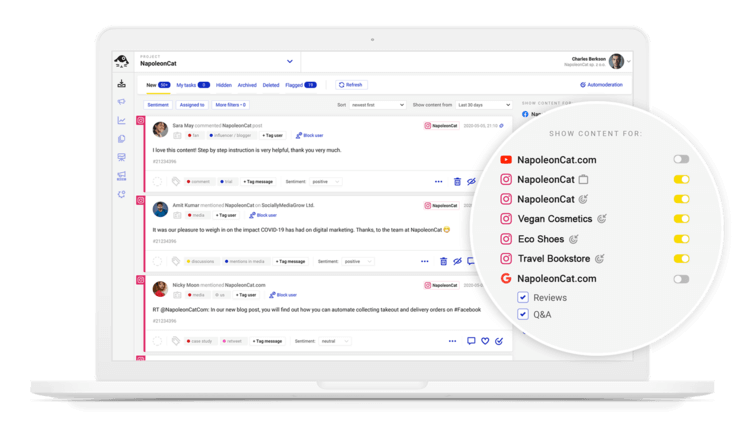
Simplify Instagram Business
Management with One Tool
- Manage & reply to comments and DMs in one place.
- Monitor ad comments from multiple accounts.
- Automate answers to repetitive questions.
- Schedule posts to multiple accounts, on desktop.
- Analyze performance and monitor hashtags.
- Keep track of your competition.
- Create or schedule in-depth reports in seconds.
What is organic social media
Organic social media is how social media started in the first place. In a nutshell, it’s building a social media presence using social media platforms for free – without any ad spend. This usually means:
- Posting organic content on a regular basis
- Talking to people in the comment section and responding to their messages – both for community building and customer service
- Engaging in conversations happening on other social media profiles
- Resharing other people’s content to engage with them
So, in other words, you’re just like a “normal” social media user – posting things and having conversations, without fueling your reach or engagement with ad money.
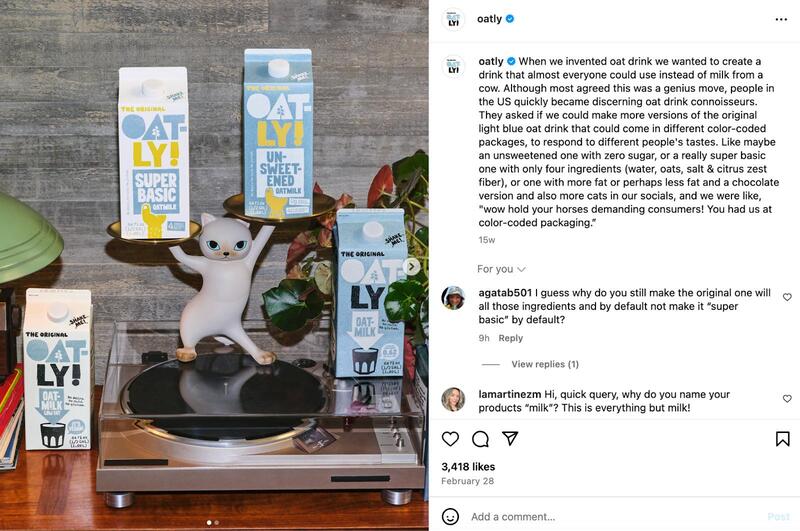
The benefits of organic social media
Some of the benefits of organic social media include:
- Reaching people who are actually interested in what you have to offer
- Having more authentic interactions with your followers and overall, building a brand that might be seen as more authentic
- Building a long-term relationship with your audience
- A chance to encourage people to create user-generated content that you can then also share across your channels
- Obviously – saving some ad money in the process. (You still need to spend the money to create and post the content – often in the form of paying someone to do it. So, let’s not forget about that when we’re talking “free”.)
Overall, organic social media might be seen as a more long-term tactic. You usually don’t expect immediate results from it – unless something goes viral, which can then really speed up brand building and follower growth.
It’s more about building a consistent brand image on social media that will eventually pay off and support other marketing channels.
What is paid social media
Paid social media is exactly what it sounds like – it’s when you pay to boost your organic content’s performance with:
- social media ads
- sponsored posts and videos
- paid profile promotion

Paid social media often follows from organic content. You first create the content, let it run for a while, and then boost its reach outside of your following with some social media ad spend.
But often, ads already start as ads, meaning they accompany the content that’s on your profile, without actually appearing on there.
Ads can appear across formats, depending on the social network – in posts, stories, TikToks, seamlessly embedded into someone’s feed or on the side, where they’re clearly seen as ads. Whichever it is, they’re usually marked as ads or “sponsored content”.
They also include the possibility of some sort of interaction, for example:
- clicking a link
- signing up with your personal details
- or directly buying from a shoppable post
Influencer marketing could also be considered paid social media. This is where the lines start blurring a little bit, though legislation’s being put in place to also make it clear that we’re dealing with ads (even though they might look like organic content.) But that’s probably a story for another time.
The benefits of paid social media
Some of the benefits of paid social media include:
- Wider reach (and possibly higher engagement, but that’s not always the case. I’ll come back to this later on). This is all the more important as with organic reach, usually, only a handful of your followers actually see your content.
- Exposing your brand to people who don’t follow your social media accounts, but can still see your content
- The previous point makes it easier to build brand awareness as people keep seeing your ads in their feeds, often multiple times
- Adding interactions like links, lead generation forms, etc., some of which are unavailable with organic content on some platforms
- Paid content is more effective when it comes to supporting marketing campaigns across channels
- Paid social content also lets you reach targeted audiences, so it’s really helpful when you want to address a specific audience with your posts
6 main differences between organic and paid social media
Let’s focus on six main areas and the different outcomes the organic and paid approach can get you. Although, as you’ll also see in the next section, it’s usually not either-or, but more about combining the efforts so they complement each other.
Reach
Organic social media
With organic social media, you only reach your followers or maybe – on some social media platforms like LinkedIn – their connections who see your interaction with an account on social media.
A notable difference here is Instagram Reels and TikToks – on these platforms, you can absolutely reach people who are not your followers, but it takes more effort to actually target the right ones, which you have limited control over (mostly through making your content really specific and addressing a particular niche.)
What’s more, due to the way algorithms work these days (possibly also wanting to encourage you to pay for exposure), you only reach a small percentage of your entire following, especially on certain platforms.
Paid social media
With paid social media, you can reach people outside of your following much more easily, and with much more control over who you’re targeting – as most social networks offer pretty advanced targeting options to help you reach specific groups of people.
Of course, the more ad spend, the more people you will reach.
Engagement
Organic social media
So, typically, you might get higher engagement with organic content, due to its very nature and the authenticity of the interactions. People who decide to follow your profiles on social media do it because they got interested for some reason, and not because they saw an ad.
But this is a double-edged sword, as because you’re reaching fewer people organically, your engagement numbers might not be that high. A lot depends on things like consistency and relevance of your content.
Paid social media
With paid social media, this can also go both ways. Typically, since you’re paying the algorithm to show your content to more people, you might get higher engagement, at least in theory.
In practice, this – again – boils down to how interested these people are in your content. Even if you’ve gotten their attention with a sponsored post doesn’t yet mean they’re willing and ready to engage with all the other stuff that you put out there (or even that they’re interested in what you do.)
What helps is targeting people who are similar to your existing followers who do engage – that gives you more chances to find the right people on social media.
Longevity
Organic social media
Organic posts, especially if they are evergreen (content that remains relevant for a long time), can continue to generate engagement and visibility weeks, months, or even years after they were first posted. For example, a how-to video or educational blog post shared on social media can keep attracting views, likes, and shares over time.
Naturally, organic posts tend to go viral more often than paid social media posts. This is driven by the network effect—when users share content with their followers, who in turn share it with others. While this is less predictable, a post can continuously circulate around a particular platform and gain massive reach long after it was originally posted.
Paid social media
Paid social media content has a finite lifespan, determined by the duration of the ad campaign and the budget you allocate. Once the campaign ends or the budget is exhausted, the ad stops showing. This means paid content is only visible while you’re actively paying for it.
Moreover, paid social media is designed for short-term, immediate results. Ads are highly targeted, and their visibility starts as soon as you activate the campaign. However, unless the ad is remarkable or goes viral (which rarely happens), engagement typically ends when the payment stops.
Follower growth
Organic social media
Let’s face it – growing a social media account organically is hard and it will take time. So it’s not the best strategy for the faint-hearted 😅 But also not for you if you’re looking for results fast (or your CEO is.)
It’s absolutely possible to build a following this way, though, don’t get me wrong. But it can take a lot of consistent work (and probably a few recommendations by bigger accounts that might help, for sure.)
Paid social media
With paid efforts, it’s definitely easier to build a following, especially when growing your account is the goal of your ads. (Because it can be.)
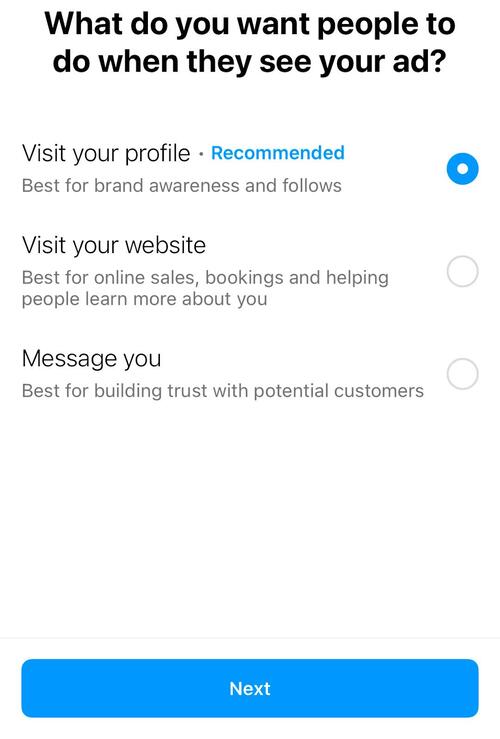
Targeting options
Organic social media
If we’re talking about reaching the right kind of audience with your content, organic social media is definitely more challenging. You usually have to focus on your message, be consistent and relevant with your content, and on top of that, be specific. BUT if you do it the right way, you’ll definitely see results.
Paid social media
Paid social media definitely wins here for the sheer number of targeting options some social media platforms offer. This makes reaching the right people much easier – at least up to a point. Note that a lot of what happens after they see your sponsored content depends on where they are in your marketing funnel.
- If it’s the first time they see your brand, it’s definitely harder to build that connection, so your content has to be really engaging to make them interested.
- If they’ve seen you before – been on your website, for example – you might have higher chances of converting them. But you still need engaging and relevant content to do that, so don’t forget about it. “Paid” alone might not be enough, depending on what the buying process in your business looks like.
Comment moderation
Organic social media
This is an interesting one. And important. And also, often overlooked.
The reason social media started existing in the first place was for people to be able to communicate and talk to each other. And that includes commenting. And if you’re doing organic social media as a brand, that’s probably the closest you get to that original idea.
If you have a large volume of comments or manage multiple accounts, it’s wise to use a platform like NapoleonCat’s Social Inbox that will help you make the process much more efficient. Note that some social media comment moderation tools will only let you moderate comments on organic posts (not NapoleonCat, though.)
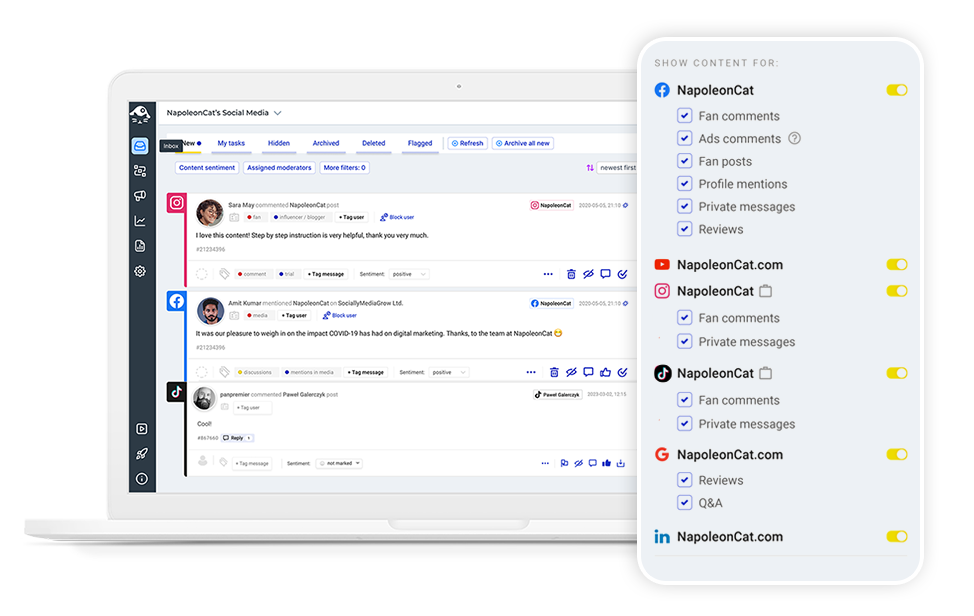
We highly recommend you test NapoleonCat completely for free here, no credit card required during signup 😉
Paid social media
Moderating comments on paid posts is sometimes more challenging, because these can be scattered across different inboxes (for example, on Instagram), and it’s easy to overlook them. Even more so if you have a dedicated person managing your ad campaigns, who is also not responsible for replying to comments.
Again, NapoleonCat’s Social Inbox makes it super easy to stay on top of comments on ads, for example on TikTok or Instagram. They appear alongside all the other interactions in the inbox and are basically impossible to miss.
5 tips for your organic and paid social media strategies
Use both together
You don’t have to just do one or the other. You can start organically, for example, and then support your organic communications with sponsored content, a paid campaign, and maybe influencer marketing, too.
Talk to people – paid or organic, doesn’t matter
Don’t treat social media just as an advertising post. People can comment on your ads, too, because that’s how social media works. So don’t ignore those conversations – instead, take part in them to build the connection and relationships that social media is really about.
Clean up the spam and troll comments
Both your paid and organic social posts might (and probably will) attract spam and troll comments, or even hate. And with paid content, you’re actually paying for more and more people to see those comments (and maybe even links from your competitors.)
So take care of moderating comments under all your content, including the paid ones. And use social media management tools, like Auto-moderation to remove some of those unwanted comments automatically. (In NapoleonCat, you can also do it for Facebook and Instagram ads.)

Protect your social media from trolls
Automatically hide or delete comments from Facebook and Instagram trolls under your organic posts and ads, for all your profiles at once – with an all-in-one social media tool.
Distinguish between organic vs paid social media when analyzing results
Paid campaigns can make it more difficult to understand the impact your organic efforts have on brand building or sales. So don’t forget to use tools like UTM tags in your paid links to know where the traffic and conversations are coming from in Google Analytics.
And when creating your reports for your clients (or CEO), don’t forget to account for the organic vs paid social media results.
Some social media analytics tools will also let you see paid content analytics separately. In NapoleonCat analytics, for example, you can analyze paid Facebook reach as opposed to organic reach.
Plan your paid ads in line with your organic posts
Companies often struggle with this, as different teams are in charge of the organic content strategy and the paid social media strategy (and its execution, i.e. actual paid ads.) But it’s really important to look at both as part of a whole – people will see both in their feeds (in different combinations), so to make your content strategy more effective and consistent keep in mind that all of these marketing efforts are aligned.
A shared social media publishing calendar that all teams can easily access will definitely help.
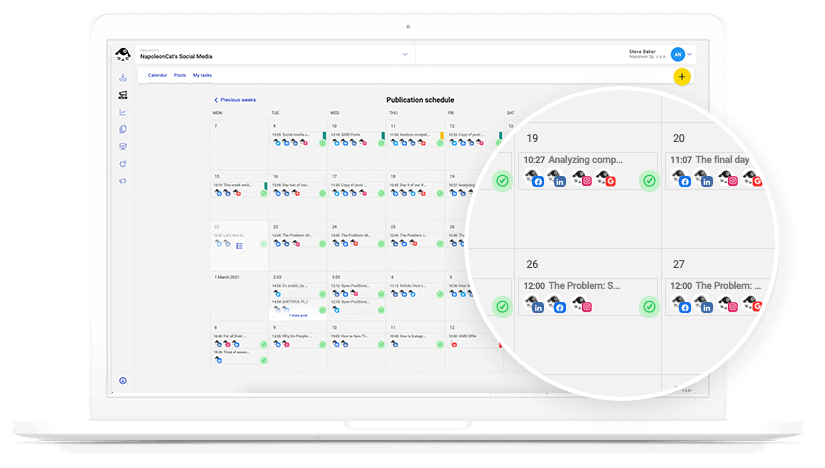
It’s not really organic vs paid social media – it’s organic AND paid
So consider both when promoting your products or services. And don’t forget about the right social media management tools that will help you manage both organic and paid content and interactions.
You may also like:
- Identify Your Content Pillars to Raise Your Social Media Game
- How to Create Thumb-Stopping Social Media Hooks + 10 Examples
- KOLs in Marketing: Who They Are & How to Partner
- Top 10 YouTube Influencers To Follow
- The 8 Best Marketing YouTube Channels To Follow
- Your Best Guide to Social Media Publishing
- 13 Free and Paid Social Media Scheduling Tools for Teams
- What’s a Social Media Scheduler, and Why Do You Need One?

